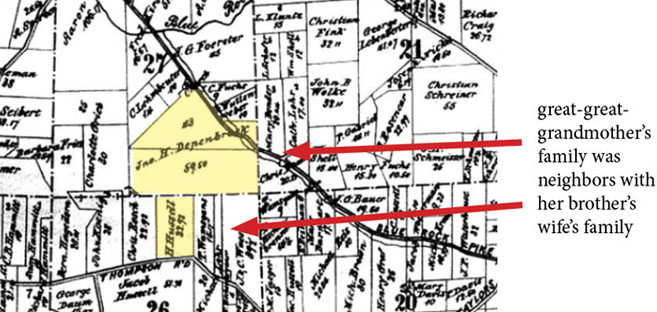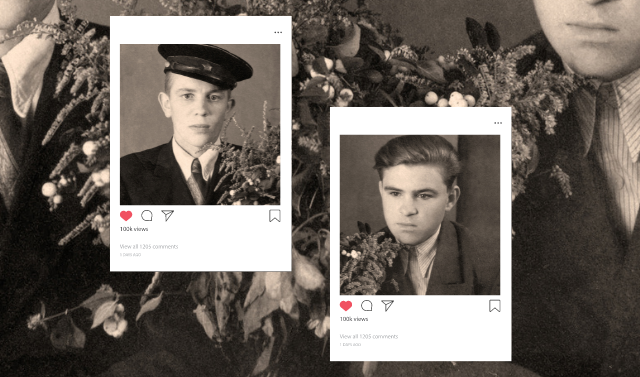Sign up for the Family Tree Newsletter Plus, you’ll receive our 10 Essential Genealogy Research Forms PDF as a special thank you!
Get Your Free Genealogy Forms
"*" indicates required fields
Our ancestors tended to move with and marry into particular groups of people, and tracing those “clusters”—even if the people aren’t in your direct lines or even related—is a key strategy to break through genealogy brick walls. It can help you discover maiden names, places of origin, and other documents mentioning your ancestor.
Our Cluster and Collateral Research Family Tree University online course gives you a blueprint for solving genealogy problems with this type of research.
Where can you find names of those in your ancestor’s cluster? Here are 10 places to start looking:
- Home sources: Study old letters, diaries, address books, funeral cards, etc.
- Census records: Check out household members and neighbors.

- Witnesses to marriage certificates, wills and naturalization records, and those who provide testimony in court records and pension applications
- Sponsors on baptism and confirmation records
- Land records: Note who the neighbors are.

- Traveling companions on passenger lists: Examine the entire list for people from the same place, or people who show up in other records as neighbors, witnesses, etc.
- Rosters and newsletters of your ancestors’ clubs. This example is a founding members list from a 1902 history of the Covington (Ky.) German Pioneer Society.
- Newspapers: Look for names of family and friends in obituaries, wedding announcements and other articles.
- School yearbooks
- City directories: Use the listings by street in the back of some books to learn neighbors’ names.
Ready to start finding clues among your ancestors’ clusters and collateral relatives? Find a syllabus for our four-week Cluster and Collateral Research 101 course here, and sign up to be notified the next time the course is offered.
ADVERTISEMENT





